 Grazia Maria’s departure from Dior marks the end of an era which, despite enthusiastic proclamations, was above all notable for its inconsistency. Propelled to the rank of genius by complacent critics, she excelled in the art of effect without cause, of stance without vision.
Grazia Maria’s departure from Dior marks the end of an era which, despite enthusiastic proclamations, was above all notable for its inconsistency. Propelled to the rank of genius by complacent critics, she excelled in the art of effect without cause, of stance without vision.
Behind the feminist discourse and over-intellectualized collections lay a vacuity that the house of Dior had long tried to mask under the trappings of concept. This departure, quietly but not without relief, marks the possible return of a true aesthetic rigor, freed from the pseudo-subversive veneer that served as style.
The ultimate irony: the woman who dreamed of being avant-garde is leaving the stage at the very moment when Pierpaolo Piccioli, after twenty-five years of gracefully and profoundly embodying the feminine soul of Valentino, is making a remarkable entrance at Balenciaga. Long reduced to the discreet role of Grazia Maria’s shadowy figure, he finally emerges into the light. While she fades into the polite indifference reserved for overly long-lasting impostures, he establishes himself as the legitimate heir to a demanding, sensitive, and embodied fashion.
You never enchanted me, Madam, but it’s true that your contempt for men oozed from every collection. Under the guise of feminism, you cultivated a form of cold resentment, disguised as a concept. By dint of wanting to deconstruct, you forgot to create.
FM

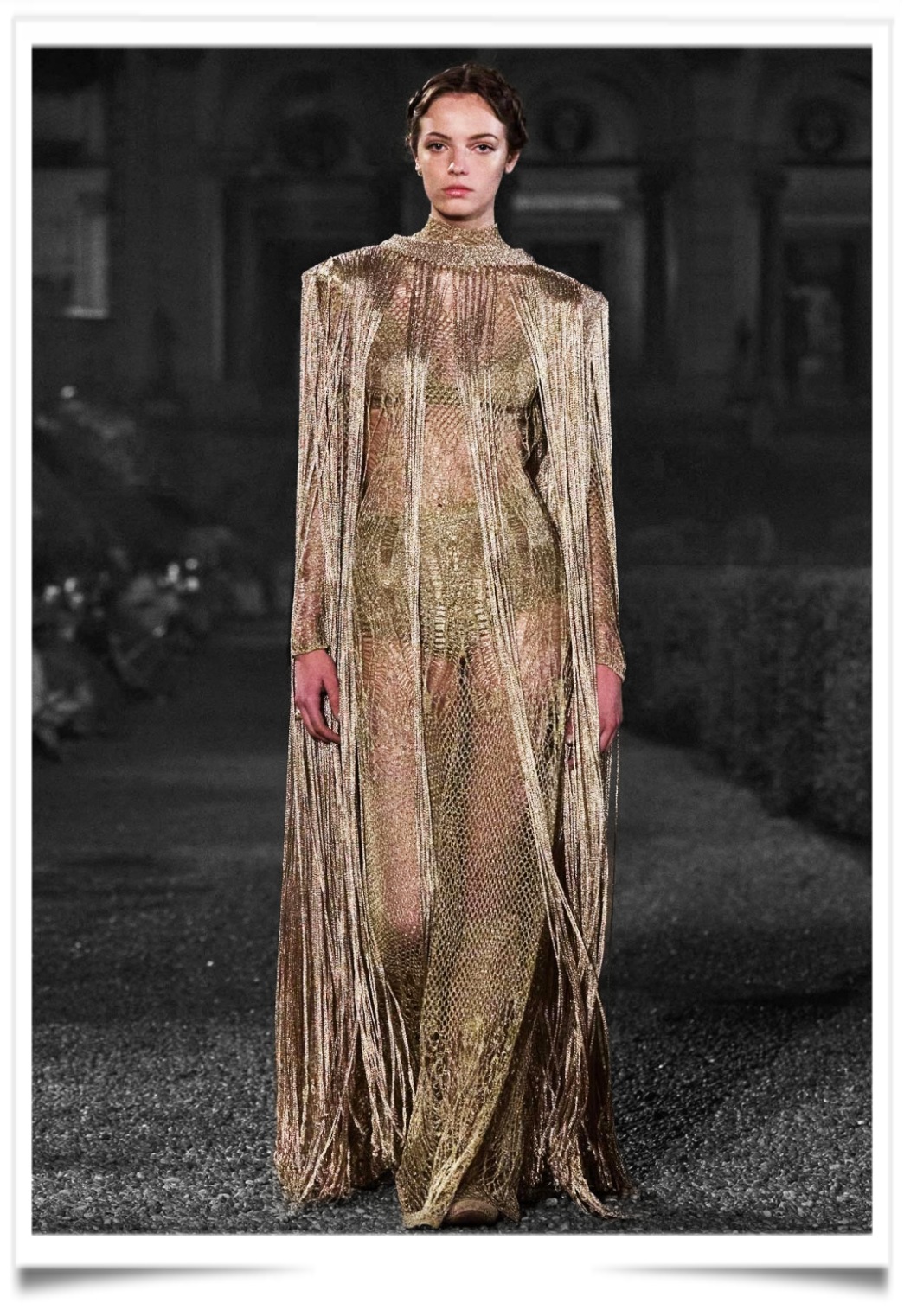 Maria Grazia Chiuri, high priestess of maximal minimalism, has decided to play on home turf for her cruise collection. Ten years after making Rome vibrate with her cell phone, she returns with “Mirabilia Romae.” Rome, an open city, or how to try to surpass a decade-old moment of glory in a city that has seen Julius Caesar, Fellini, and the scooter from Roman Holiday.
Maria Grazia Chiuri, high priestess of maximal minimalism, has decided to play on home turf for her cruise collection. Ten years after making Rome vibrate with her cell phone, she returns with “Mirabilia Romae.” Rome, an open city, or how to try to surpass a decade-old moment of glory in a city that has seen Julius Caesar, Fellini, and the scooter from Roman Holiday.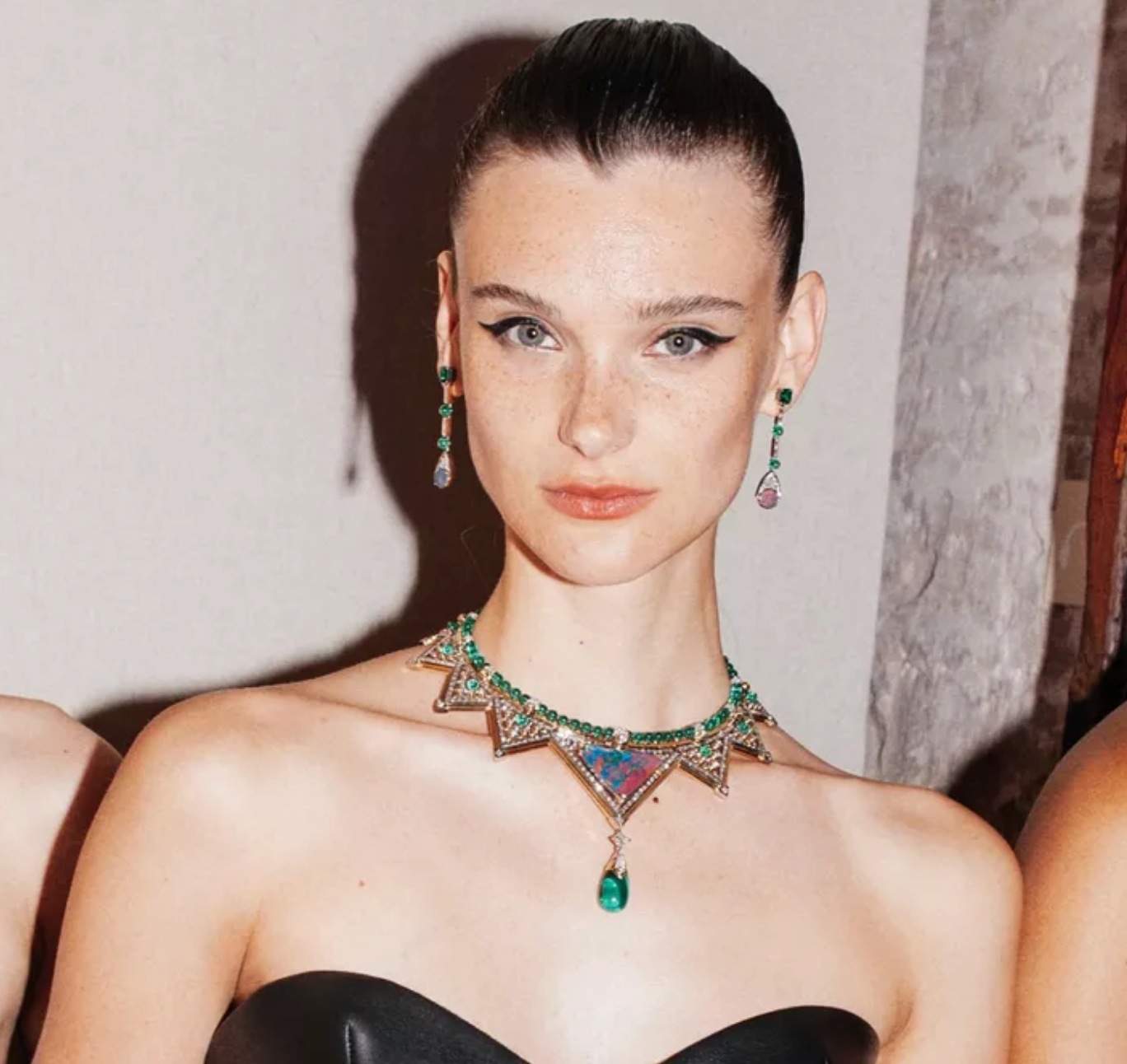 It was Monday, that sacred day when millionaires get bored and mistresses get busy. Louis Vuitton, always eager to fill that existential void between a caviar massage and a scheduled divorce, unveiled his latest haute joaillerie collection at the Château de Bellver, a gothic setting perfectly suited to the egos of his guests.
It was Monday, that sacred day when millionaires get bored and mistresses get busy. Louis Vuitton, always eager to fill that existential void between a caviar massage and a scheduled divorce, unveiled his latest haute joaillerie collection at the Château de Bellver, a gothic setting perfectly suited to the egos of his guests.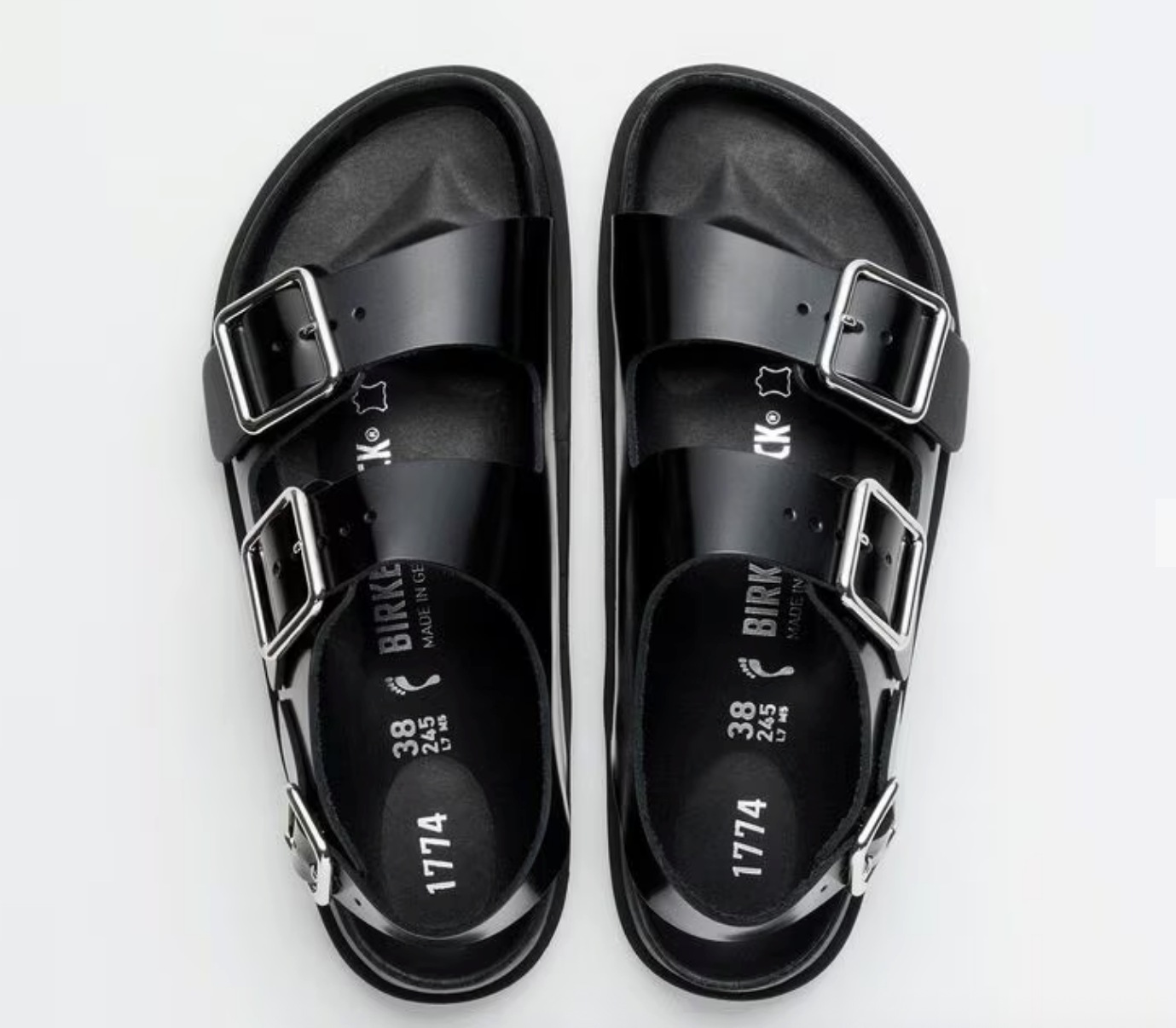 Birkenstock 1774 and Maharishi have joined forces, and your feet will never be the same.
Birkenstock 1774 and Maharishi have joined forces, and your feet will never be the same.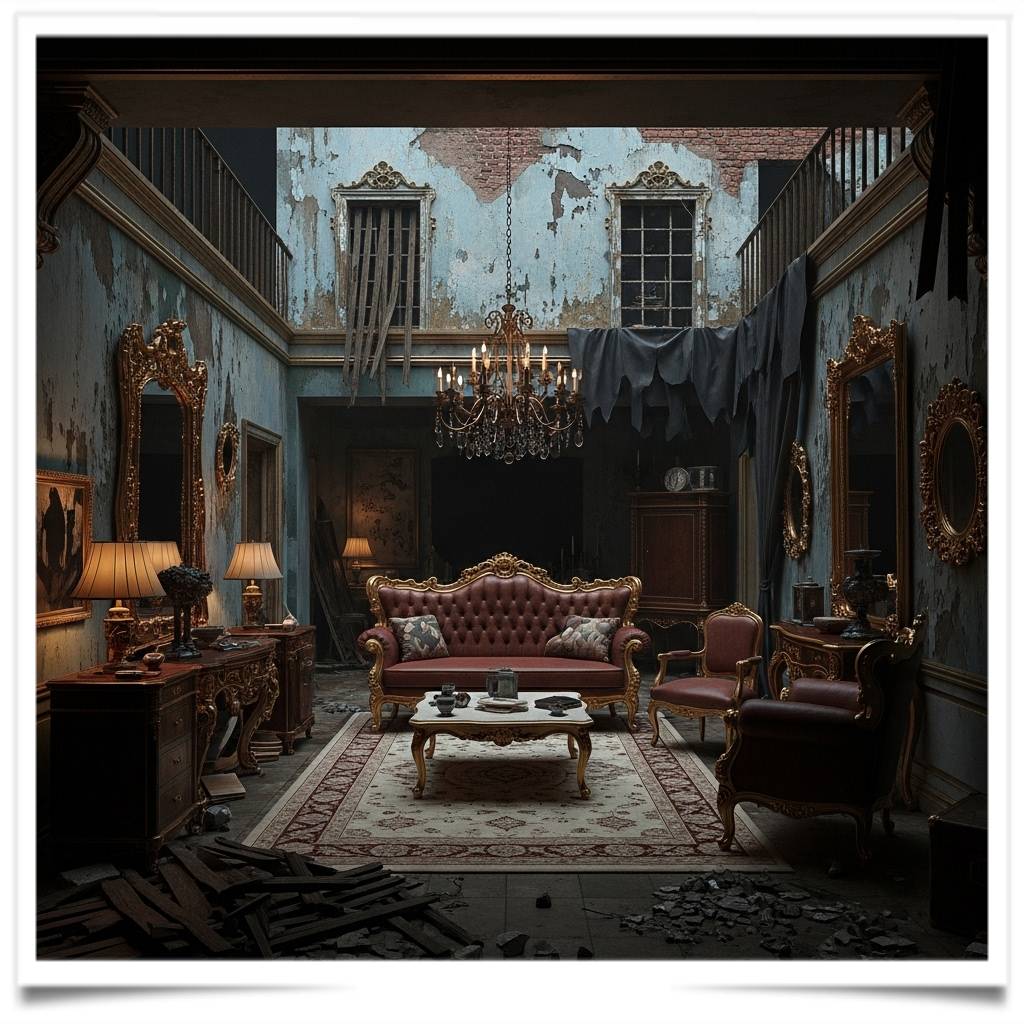 There was a time when influence rhymed with inspiration. Today, with female influencers, it rhymes above all with manipulation, scandal and ethics on sale. For behind the perfectly filtered stories and sponsored selfies lies a world where morality seems to have long since taken a trip to the Gobi Desert.
There was a time when influence rhymed with inspiration. Today, with female influencers, it rhymes above all with manipulation, scandal and ethics on sale. For behind the perfectly filtered stories and sponsored selfies lies a world where morality seems to have long since taken a trip to the Gobi Desert.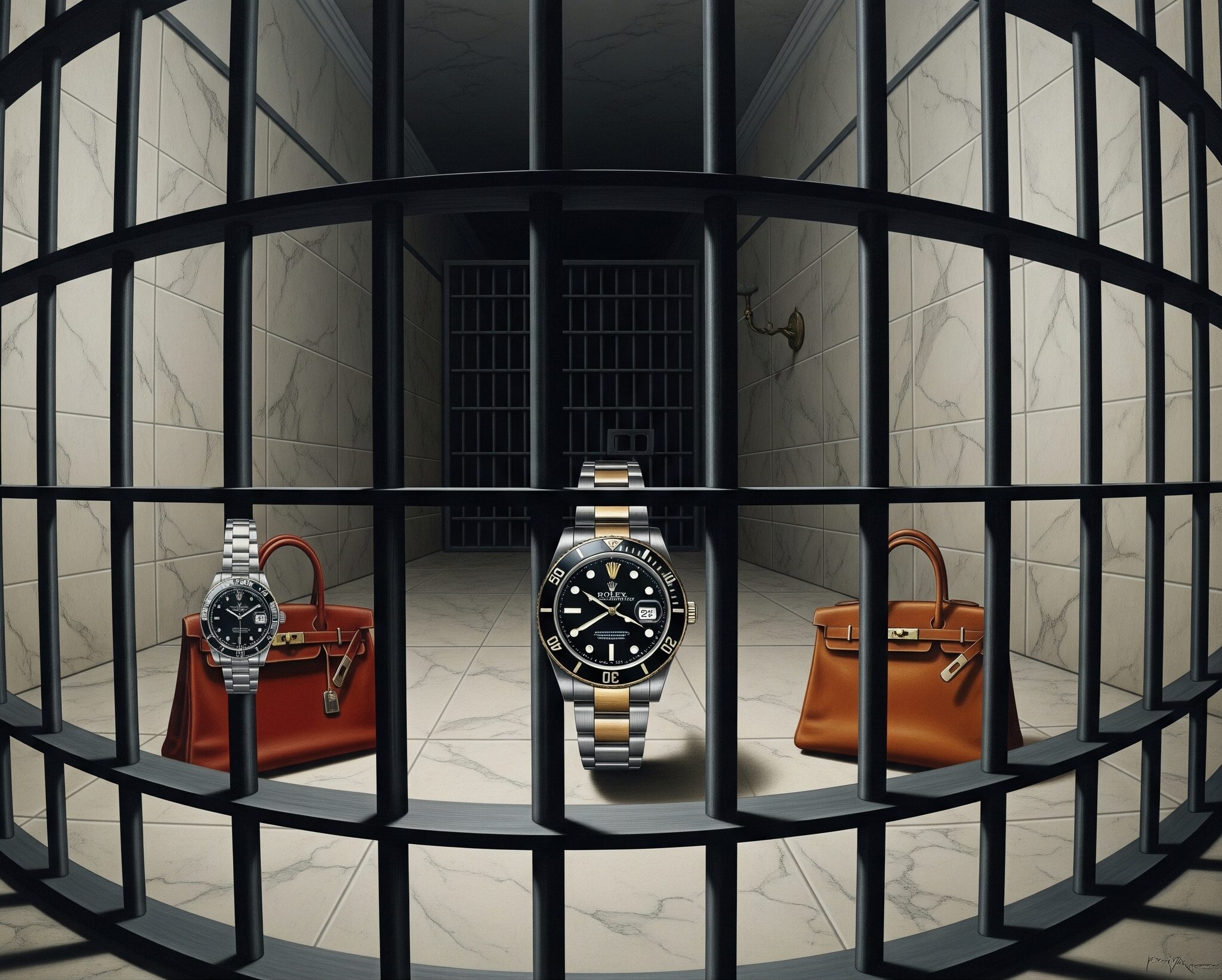 Dior announced Wednesday that it has officially been cleared of an Italian investigation into its supply chain. The Italian Competition Authority has granted the house a certificate of good ethical conduct, and Dior is delighted with what it calls a “positive conclusion,” which, in luxury communications terms, means “we had nothing to do with it.”
Dior announced Wednesday that it has officially been cleared of an Italian investigation into its supply chain. The Italian Competition Authority has granted the house a certificate of good ethical conduct, and Dior is delighted with what it calls a “positive conclusion,” which, in luxury communications terms, means “we had nothing to do with it.” Last year, the Chanel bulldozer, which had previously been running at full speed like a red carpet catwalk, suddenly stalled. Revenues were down for the first time since the covid, and profits plunged by 30%. The culprit? The Chinese purse, suddenly less enthusiastic about the idea of spending a minimum wage on a handbag.
Last year, the Chanel bulldozer, which had previously been running at full speed like a red carpet catwalk, suddenly stalled. Revenues were down for the first time since the covid, and profits plunged by 30%. The culprit? The Chinese purse, suddenly less enthusiastic about the idea of spending a minimum wage on a handbag.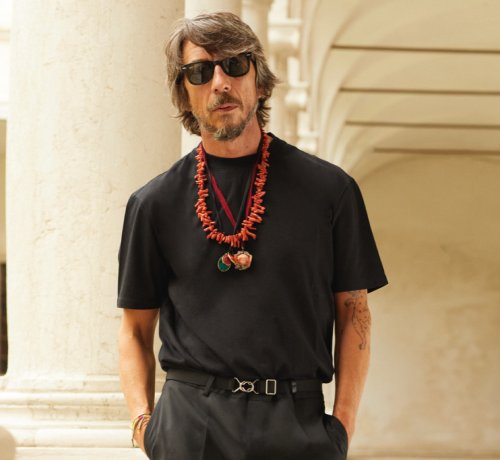
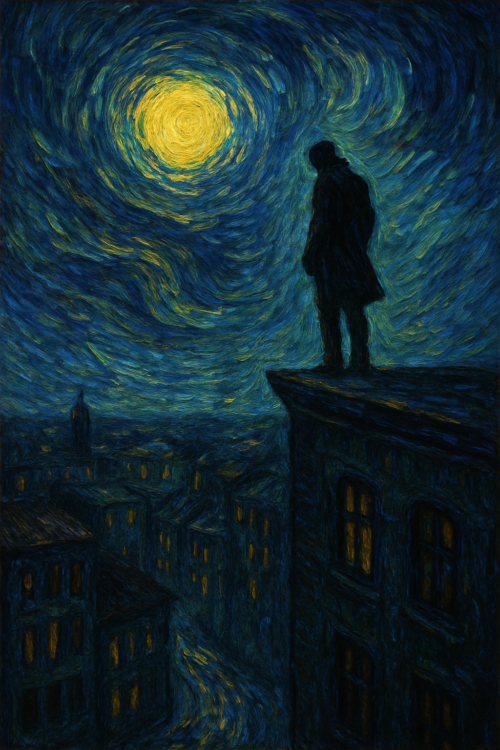 The luxury sector is going through an unprecedented period of turbulence. Long a symbol of excellence, abundance and aspiration, it is now undergoing a tangible erosion, illustrated by the upheaval of historic department stores. In the United States, Saks Global has just announced the elimination of 500 to 600 brands from its portfolio – a strong gesture that reflects a brutal readjustment in the face of a reality that is less golden than it used to be.
The luxury sector is going through an unprecedented period of turbulence. Long a symbol of excellence, abundance and aspiration, it is now undergoing a tangible erosion, illustrated by the upheaval of historic department stores. In the United States, Saks Global has just announced the elimination of 500 to 600 brands from its portfolio – a strong gesture that reflects a brutal readjustment in the face of a reality that is less golden than it used to be.
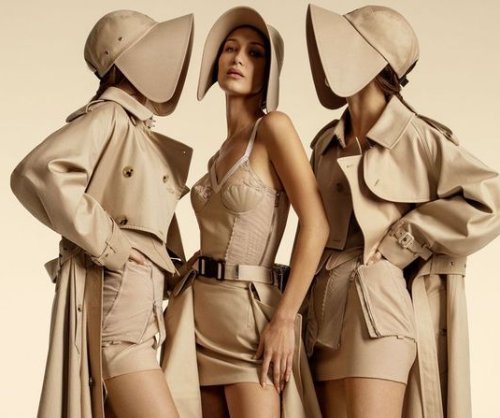 British fashion house Burberry is responding to the current challenges with an ambitious new savings plan, which could lead to the loss of 20% of its workforce by 2027. The stated aim is to reduce sales to £3 billion, with the full support of creative director Daniel Lee.
British fashion house Burberry is responding to the current challenges with an ambitious new savings plan, which could lead to the loss of 20% of its workforce by 2027. The stated aim is to reduce sales to £3 billion, with the full support of creative director Daniel Lee.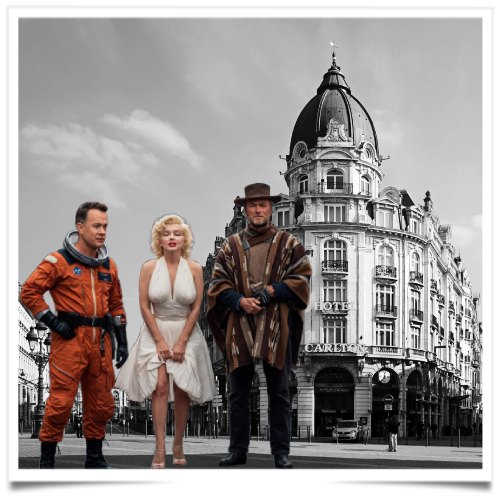 Time stood still in Cannes when, during the spring bloom of 2003, a famous singer delicately let her purple silk stole fall down her forearms on the esplanade of the Palais des Congrès. The day after her ‘Golden Ambition’ tour. The ‘doctrine of the Diva’ has been repeated on numerous occasions since, notably the previous year, when a certain Bella, bust unveiled in a chiffon creation on the red carpet, caused a sensation. A way of honouring the female figure, or an offence against decency, depending on your point of view, but the Cannes Film Festival has just put an end to it.
Time stood still in Cannes when, during the spring bloom of 2003, a famous singer delicately let her purple silk stole fall down her forearms on the esplanade of the Palais des Congrès. The day after her ‘Golden Ambition’ tour. The ‘doctrine of the Diva’ has been repeated on numerous occasions since, notably the previous year, when a certain Bella, bust unveiled in a chiffon creation on the red carpet, caused a sensation. A way of honouring the female figure, or an offence against decency, depending on your point of view, but the Cannes Film Festival has just put an end to it.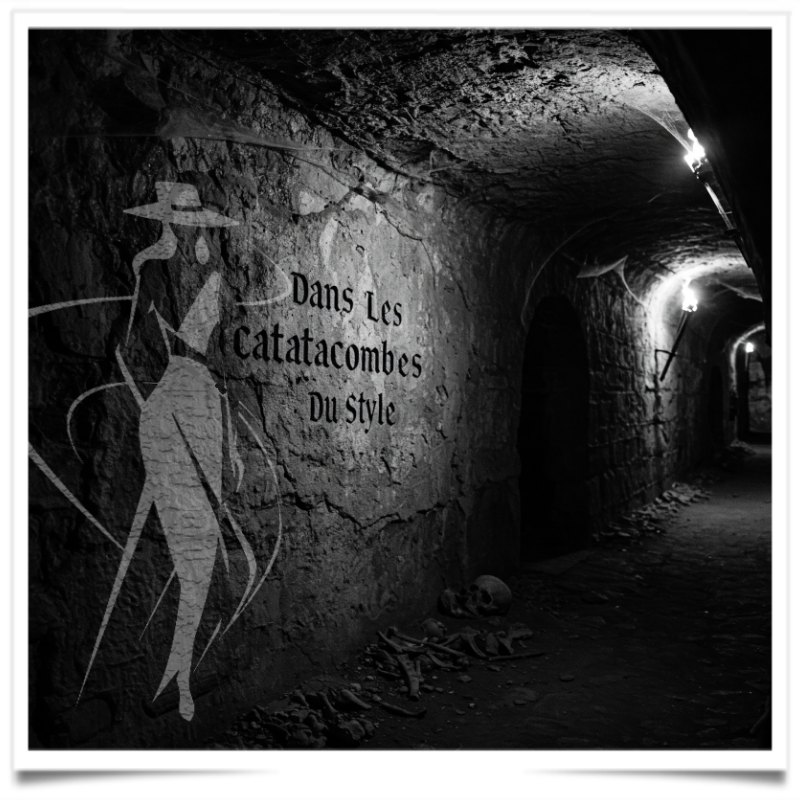 It’s where sacred leather sleeps on blessed shelves, and bags whisper for moccasins to meditate on. It’s on a cobbled street, of course, because tarmac is too vulgar for fashion mysticism, and with an air of mystery before a heavy wooden porte cochere that opens like a dramatic period film, here is the candlelit concept store lining the golden catacombs of style: the Palazzo Settimanni, the chic mausoleum of Gucci’s heritage.
It’s where sacred leather sleeps on blessed shelves, and bags whisper for moccasins to meditate on. It’s on a cobbled street, of course, because tarmac is too vulgar for fashion mysticism, and with an air of mystery before a heavy wooden porte cochere that opens like a dramatic period film, here is the candlelit concept store lining the golden catacombs of style: the Palazzo Settimanni, the chic mausoleum of Gucci’s heritage. The annual ranking of the 100 largest beauty companies reveals a changing industry, confronted by a tense geopolitical context, rapid technological advances and more complex consumer behaviors.
The annual ranking of the 100 largest beauty companies reveals a changing industry, confronted by a tense geopolitical context, rapid technological advances and more complex consumer behaviors.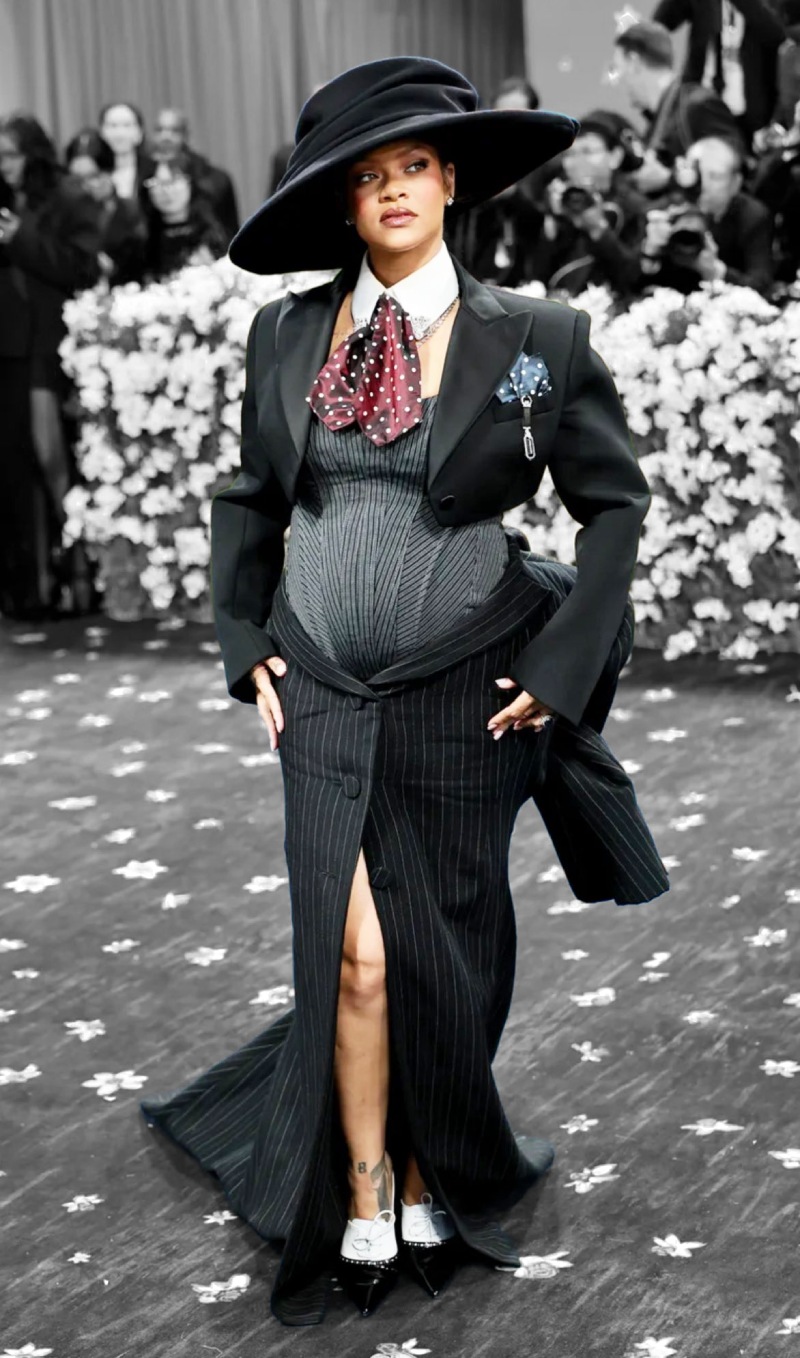 When stars cross-dress to seduce brands, we might think of a return to a form of glamorized slavery, the MET Gala 2025 once again rolled out its red carpet saturated with symbols, oversized egos and calculated provocations. This year, it was a Madonna flamboyant or perhaps tired of her own myth that made her mark, appearing dressed in a man’s suit, brandishing a huge cigar with the insolence of a wink addressed to Donald Trump. Provocative? Certainly. Subversive? Less sure.
When stars cross-dress to seduce brands, we might think of a return to a form of glamorized slavery, the MET Gala 2025 once again rolled out its red carpet saturated with symbols, oversized egos and calculated provocations. This year, it was a Madonna flamboyant or perhaps tired of her own myth that made her mark, appearing dressed in a man’s suit, brandishing a huge cigar with the insolence of a wink addressed to Donald Trump. Provocative? Certainly. Subversive? Less sure.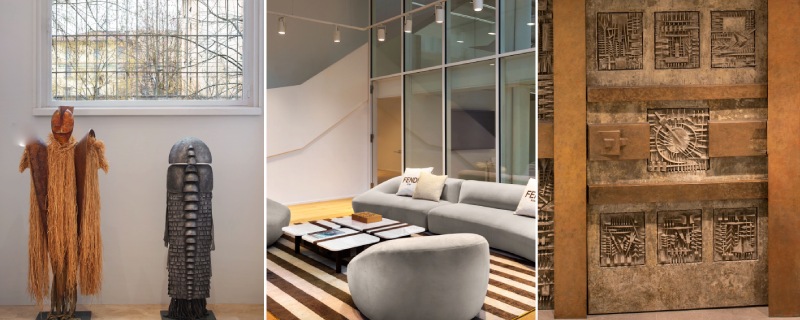
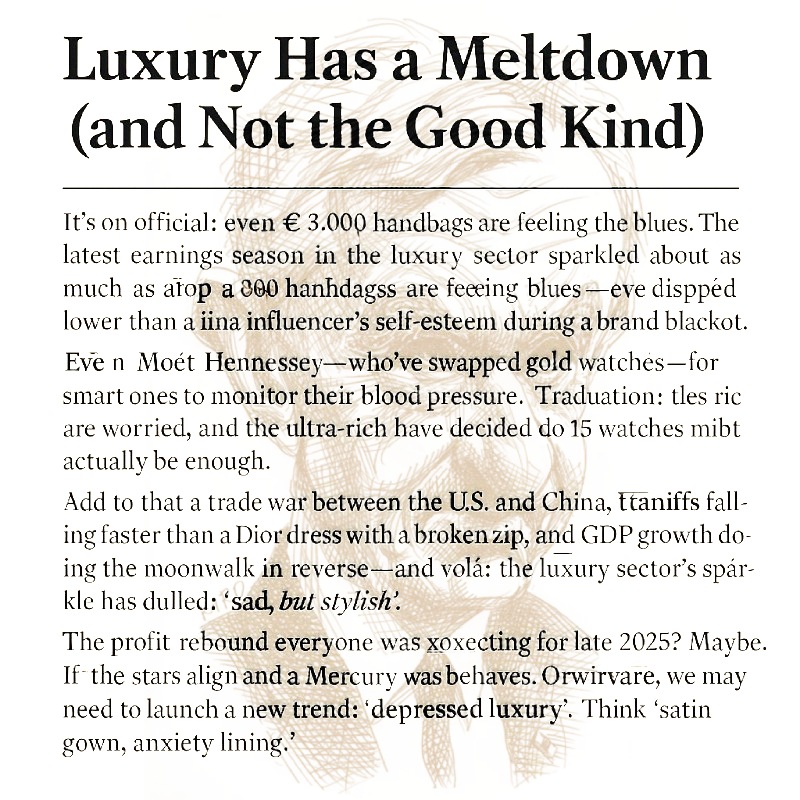 It’s official: even €3,000 handbags are feeling the blues. The latest earnings season in the luxury sector sparkled about as much as a Chanel bag after a spin cycle. LVMH, Kering, Hermès… all walked the runway of disappointing news. Even Moët Hennessy had to cork it demand for cognac in China and the U.S. dropped lower than an influencer’s self-esteem during a brand blackout.
It’s official: even €3,000 handbags are feeling the blues. The latest earnings season in the luxury sector sparkled about as much as a Chanel bag after a spin cycle. LVMH, Kering, Hermès… all walked the runway of disappointing news. Even Moët Hennessy had to cork it demand for cognac in China and the U.S. dropped lower than an influencer’s self-esteem during a brand blackout.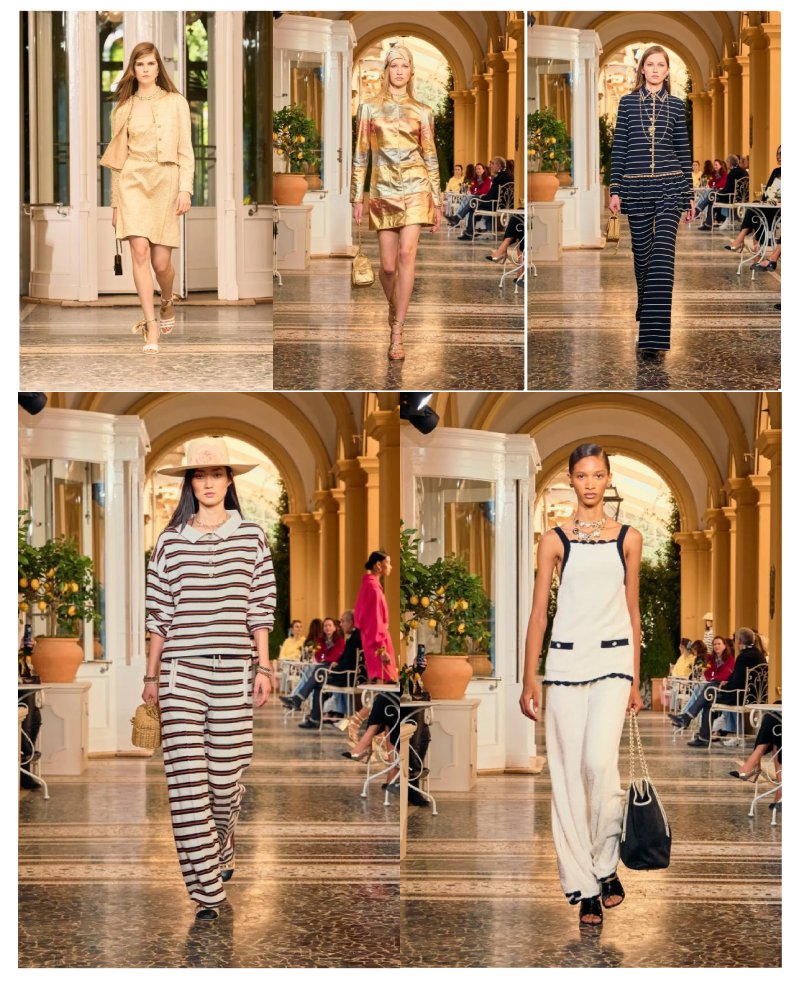
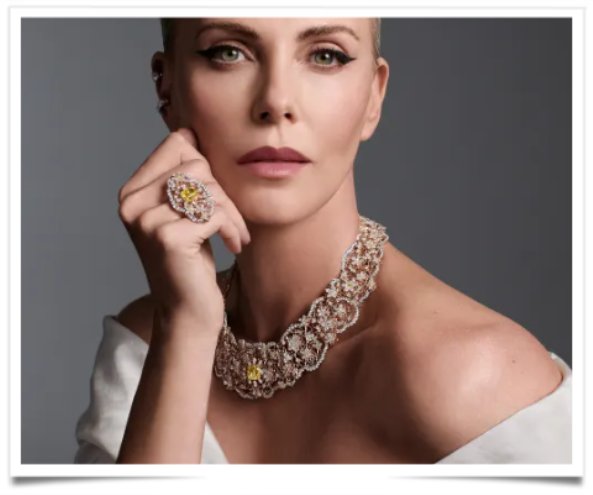 May is a month when many things blossom: cherry trees, pollen allergies, and Charlize Theron, 50 years of calibrated freshness, as the new incarnation of Dior high jewellery. Yes, you read that right. For the first time ever, the French fashion house has decided it’s time to slap a face as smooth as it is retouched on its cast-iron, multi-zero charms.
May is a month when many things blossom: cherry trees, pollen allergies, and Charlize Theron, 50 years of calibrated freshness, as the new incarnation of Dior high jewellery. Yes, you read that right. For the first time ever, the French fashion house has decided it’s time to slap a face as smooth as it is retouched on its cast-iron, multi-zero charms. The quintessence of elegance… and a healthy bank account. For their next event, the “cruise” presentation (because a normal fashion show is so plebeian), the brand has set its sights on picturesque Lake Como. Charming, to be sure. But wait for the highlight: the accommodation option for the modest sum of 2,370 euros a night. Yes, you read that right. The price of a small electric city car for just one night. Imagine the breakfast included: unicorn tears and toast sprinkled with stardust.
The quintessence of elegance… and a healthy bank account. For their next event, the “cruise” presentation (because a normal fashion show is so plebeian), the brand has set its sights on picturesque Lake Como. Charming, to be sure. But wait for the highlight: the accommodation option for the modest sum of 2,370 euros a night. Yes, you read that right. The price of a small electric city car for just one night. Imagine the breakfast included: unicorn tears and toast sprinkled with stardust.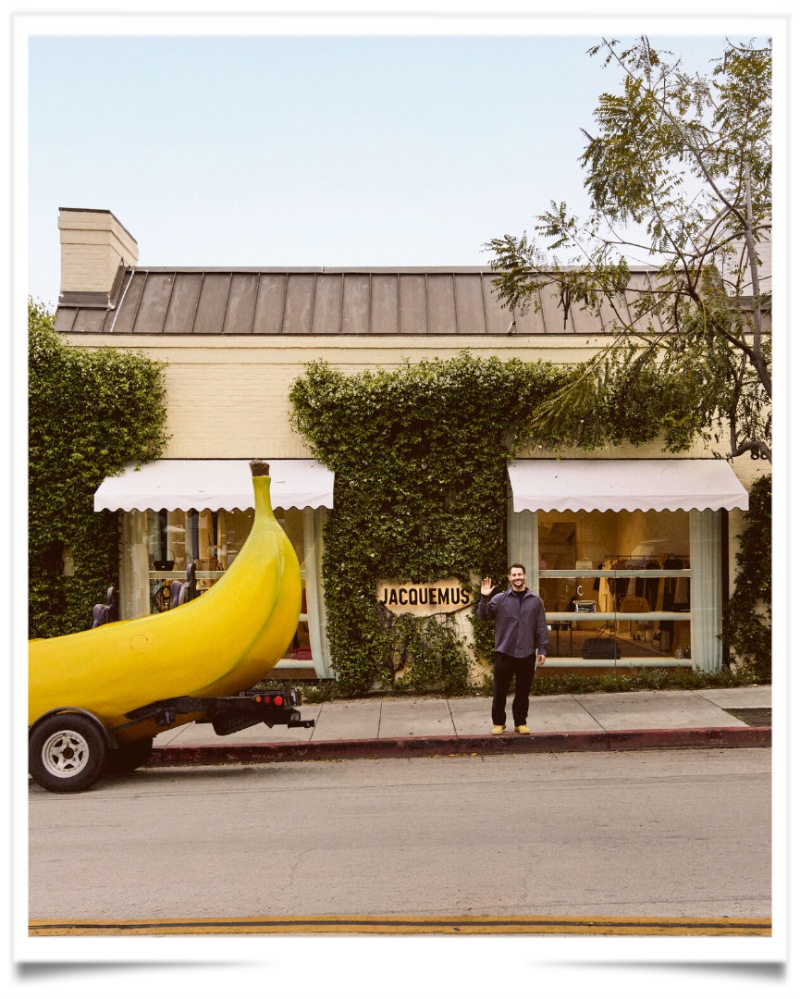 Jacquemus conquers Los Angeles with a banana. Thursday night in Los Angeles, a momentous event shook the balance of the world: Jacquemus opened a boutique. Yes, forget wars, global warming and your tax problems, because Simon Porte Jacquemus has brought flowers, lemons, bananas and, the ultimate in cultural innovation, soft banana ice cream, straight to the pulsating arteries of West Hollywood. Whew, we can breathe easier.
Jacquemus conquers Los Angeles with a banana. Thursday night in Los Angeles, a momentous event shook the balance of the world: Jacquemus opened a boutique. Yes, forget wars, global warming and your tax problems, because Simon Porte Jacquemus has brought flowers, lemons, bananas and, the ultimate in cultural innovation, soft banana ice cream, straight to the pulsating arteries of West Hollywood. Whew, we can breathe easier.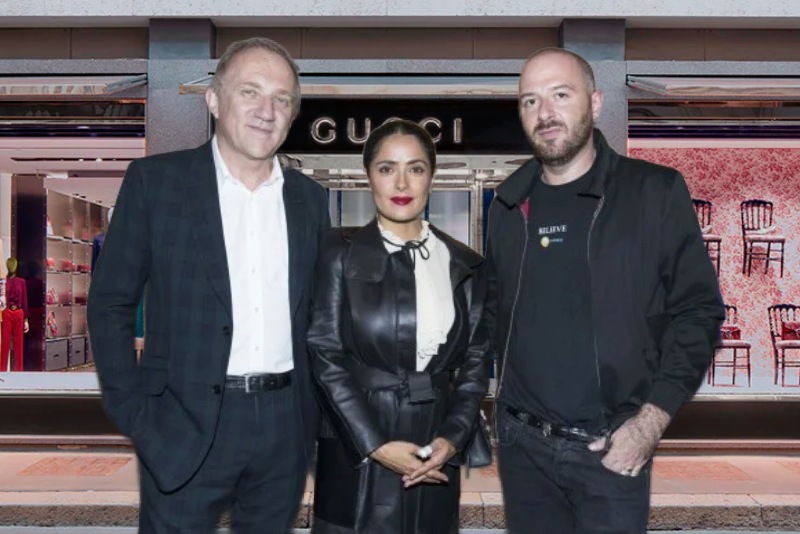
 Do you like coffee as well a vodka? Do you like spending $50 on something you’ll regret from the first sip. Congratulations, Belvedere has literally distilled your dreams or nightmares into a single bottle. “The Belvedere Dirty Brew. Because yes, why settle for drinking an espresso and a vodka separately when you can combine the two and make your taste buds and your banker weep?
Do you like coffee as well a vodka? Do you like spending $50 on something you’ll regret from the first sip. Congratulations, Belvedere has literally distilled your dreams or nightmares into a single bottle. “The Belvedere Dirty Brew. Because yes, why settle for drinking an espresso and a vodka separately when you can combine the two and make your taste buds and your banker weep?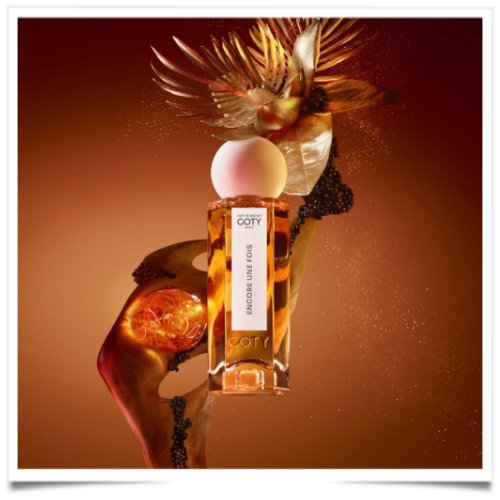 In 2024, Coty, the beauty giant and expert in bottling, luxury and ego, continued to bet on perfume as one would bet on a horse that has eaten Red Bull: with hope, confidence and a hint of panic. Fragrance is their engine for growth, their olfactory Elon Musk, their balance sheet booster.
In 2024, Coty, the beauty giant and expert in bottling, luxury and ego, continued to bet on perfume as one would bet on a horse that has eaten Red Bull: with hope, confidence and a hint of panic. Fragrance is their engine for growth, their olfactory Elon Musk, their balance sheet booster.